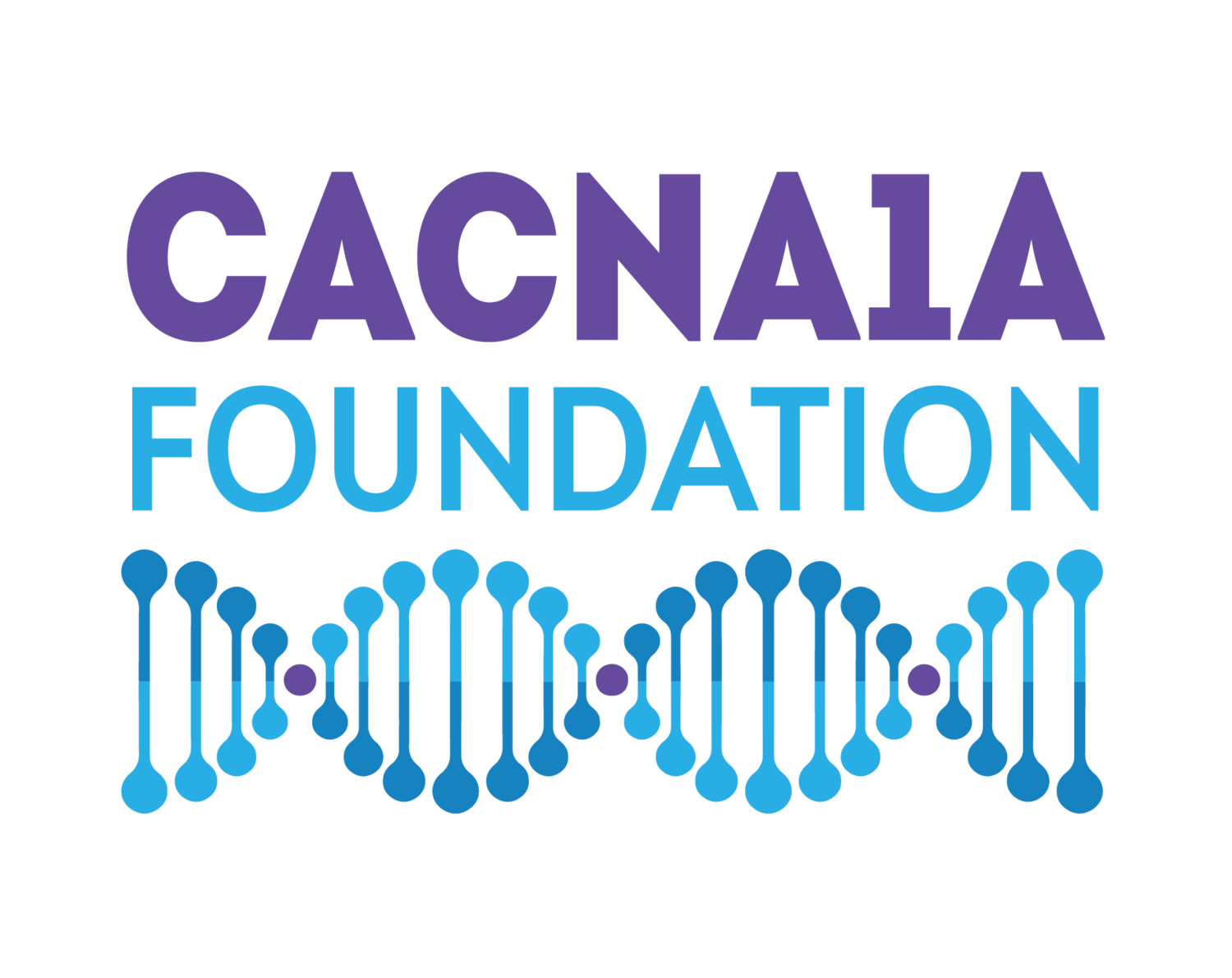CACNA1A & Autism: Are They Connected?
Important Points
Research and parent reports show a link between CACNA1A & Autism
Neurobehavioral disorders in CACNA1A patients may be frequently overlooked by doctors because they are focused on the predominant clinical features, such as ataxia or epilepsy
Early intervention behavioral therapies may be beneficial for some with CACNA1A variants
Many CACNA1A parents would argue a resounding, yes, there is a CACNA1A and autism connection. A quick search for “autism” in the CACNA1A/Cav 2.1 & Co. Facebook group reveals plenty of autism spectrum disorder (ASD) diagnoses and even more parents reporting autistic-like traits. Research shows early intervention is key for more positive long term outcomes. Applied behavior analysis (ABA) is a research-based therapy recommended to treat ASD.
ASD is a developmental disorder affecting communication and behavior. People with ASD may have difficulty with interactions with other people, restricted interests, repetitive behaviors and symptoms that harm the person’s ability to function properly in school, work, and other areas of life. (NIH) ASD is diagnosed by a medical provider such as a developmental pediatrician or a child psychologist. The provider may use a battery of tests to find out if a child meets the criteria for autism as outlined in the Diagnostic and Statistical Manual of Mental Disorders (DSM-5).
Research on the CACNA1A and autism connection is beginning to confirm what parents have suspected. This paper by Damaj, et al. has a suggestive autism link. CACNA1A may play a previously under-appreciated role in brain regions other than the cerebellum and could have a role in cognition, memory and social interaction regulation. This study notes that non-motor symptoms associated with CACNA1A are often overlooked. Clinicians often focus on the major presenting features such as ataxia or epilepsy and may miss neurobehavioral features, such as autism. In this study of 16 participants, 4 presented with ASD and 11 presented with ADHD and impulsivity. These deficits were apparent from early childhood and had a significant impact on the patient’s educational path and social integration.
Careful consideration of potential cognitive and behavioral consequences in these patients might allow for earlier cognitive-behavioral interventions and improve long-term outcome. Early intervention is so important! Research shows that early diagnosis of and interventions for autism are more likely to have major long-term positive effects on symptoms and later skills. Because of brain plasticity, earlier treatments have a better chance of being effective in the longer term.Early interventions not only give children the best start possible, but also the best chance of developing to their full potential. The sooner a child gets help, the greater the chance for learning and progress. (NIH)
CACNA1A & Autism: One Family’s Experience
Ireland’s developmental delays began showing up very early on and were quite obvious when she was nowhere near sitting up at 6 months old. Around this time she had her first status epilepticus (seizure that doesn’t stop) event, shortly followed by genetic testing revealing a CACNA1A variant. I connected with a mom in our neighborhood whose son was also not meeting his milestones. We quickly bonded over our children’s differences and so began a great friendship (special needs mom friendships are so fulfilling - am i right?!) Fast forward a couple of years, one day we got the kids together for one of our many playdates and her son’s therapist was at their house. I observed how seamlessly the therapist was working with my friend’s son during our playdate and said to myself “I need this for Ireland!” My friend told me all about Applied Behavior Analysis (ABA) therapy and how much it was helping her son.
Ireland had some autistic like traits, was very sensory seeking and exhibited some atypical behaviors, so we had her tested for autism. She was diagnosed with level 2 ASD. In addition to PT, OT and Speech, starting ABA therapy is one of the best decisions we have made for Ireland’s development. ABA goals are focused on functional skills. Some of Ireland’s past goals have included saying “hi” to a peer, putting her lunchbox away at school, and sharing with her sister. The ABA therapist is very collaborative, communicating with Ireland’s PT, OT and Speech therapist on a regular basis. Ireland’s ABA therapist is able to work with Ireland in a variety of settings including clinic, home and in the community, such as at the playground or on playdates at friend’s houses. The program is highly professional, including parent access to an online system with Ireland’s goals and data on her progress. Parent training sessions are an integral part of the program so that I can consistently carry over everything Ireland learns from her therapist. Ireland’s Board Certified Behavior Analyst (BCBA) Claire Skinner describes why she thinks ABA is so beneficial for Ireland “The repetition, systematic prompting procedures, and high rates of reinforcement that are embedded into Ireland’s programs create a fun, positive, and functional learning environment. Through ABA therapy, we’ve been able to make data based decisions on the progress of Ireland’s communication, social, and adaptive skills. Treatment protocols are implemented to fit her individual needs.”
What is ABA therapy?
ABA is therapy based on the science of learning and behavior
ABA applies our understanding of how behavior works to real situations
The goal of ABA is to increase behaviors that are helpful and decrease behaviors that are harmful or affect learning.
What can ABA help?
Increase language and communication skills
Improve attention, focus, social skills, memory, and academics
Decrease problem behaviors
Can be used to treat ASD and ADHD
Source: Autism Speaks
Ireland and Claire
*This is one family’s personal ABA experience. ABA companies vary greatly in their styles and service offerings. It is recommended for parents to research different ABA philosophies and seek a company with the ABA style that best fits the child’s needs.
References:
https://www.ncbi.nlm.nih.gov/pmc/articles/PMC4613477/#bib7
https://www.nimh.nih.gov/health/topics/autism-spectrum-disorders-asd/index.shtml
https://www.nichd.nih.gov/health/topics/autism/conditioninfo/treatments/early-intervention

